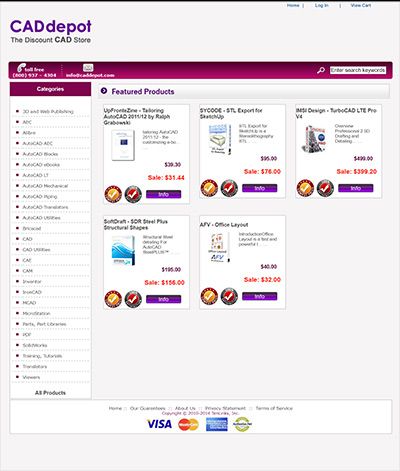CAD is a computer-aided design technology that allows users the ability to design products while documenting the process. CAD technology can facilitate the manufacturing processes through the transfer of detailed diagrams regarding the products' processes, materials used, dimensions, tolerances and other specific information for a product in question.
The software may allow product designing to be done in two or three-dimensional diagrams and may be rotated to any viewing angle, even a view from the inside of a product looking out. To get a render, it usually requires a special plotter or printer. Engineering drawings use many graphical symbols such as lines, planes, curves and various shapes to design a detailed product description in a graphical form.
Origins Of Engineered Drawings
Engineered drawing has been used for more than 2,000 years. However, in the 18th century, French mathematician Gaspard Monge introduced the use of orthographic projections. Because visual objects go beyond languages, the popularity of engineered drawings has grown in recent years. Originally, engineered drawings were handmade and quite complicated to complete. To solve many engineering problems, it requires a combination of analysis, organization, problem-solving and a physical graphical representation of the problem for review.
Drafting is the process of technically drawing objects for representation and includes designs and specifications of data and physical object relationships. Technical drawing or drafting needs to be done precisely to be able to communicate each piece of information clearly. This was very difficult to do before the invention of CAD.
Computer-aided design(CAD) gave engineers and easier way of designing, developing and optimizing products. It is used extensively in the design of equipment and tools necessary for manufacturing processes and construction. CAD can allow design engineers the ability to layout and develop their work digitally and then easily print or save their work to edit in the future.
When CAD was first introduced, the machines to run the program were very costly. Most design engineers were not in a financially economic position to use them. Towards the end of the 20th century, an increase in computer power and the arrival of minicomputers and microprocessors allowed engineers to start using CAD. Their projects began offering more accurate representations of the properties and dimensions of the object they were working on. The use of CAD software has basically replaced the need for traditional drawing boards typical of engineering-based jobs.
Uses Of CAD
CAD can be used to complete preliminary designs and layouts and turn them into 2D or 3D models. It also allows for the creation and releasing of drawings to analyze, market and manufacture products and create an end-user specification. CAD is more often found in engineering-based industries like the industrial and manufacturing design areas. However, both general-purpose and industry-specific design applications can be used in just about any industry which produces tangible products or objects.
Industries That Commonly Use CAD Software Include:
The ability for engineers and designers of any industry to use CAD allows for an increase in productivity, greater efficiency in the design quality and an improvement in the record-keeping process through better communication and documentation. It encourages more creativity from its users and is an important tool for visualization during the product development phases before manufacturing gets completed. Because of the many uses, CAD training is becoming a requirement for work in many designing and engineering industries.
CAD Software Types
The types of CAD software released since its introduction in the 1960s has been impressive. Broad classifications of CAD include 2D, 3D, Solid Modelling and 3D surface and wireframe modeling. Currently, the demand for advancements in CAD software is growing by leaps and bounds. More and more industries are relying on CAD/CAM/CAE to become more efficient, accurate and reduce the time it takes to market their new products. Industry leaders for CAD software include Dassault Systems, AutoCAD and Altair.
For any questions please use our contact form! We'd love to chat with you!
